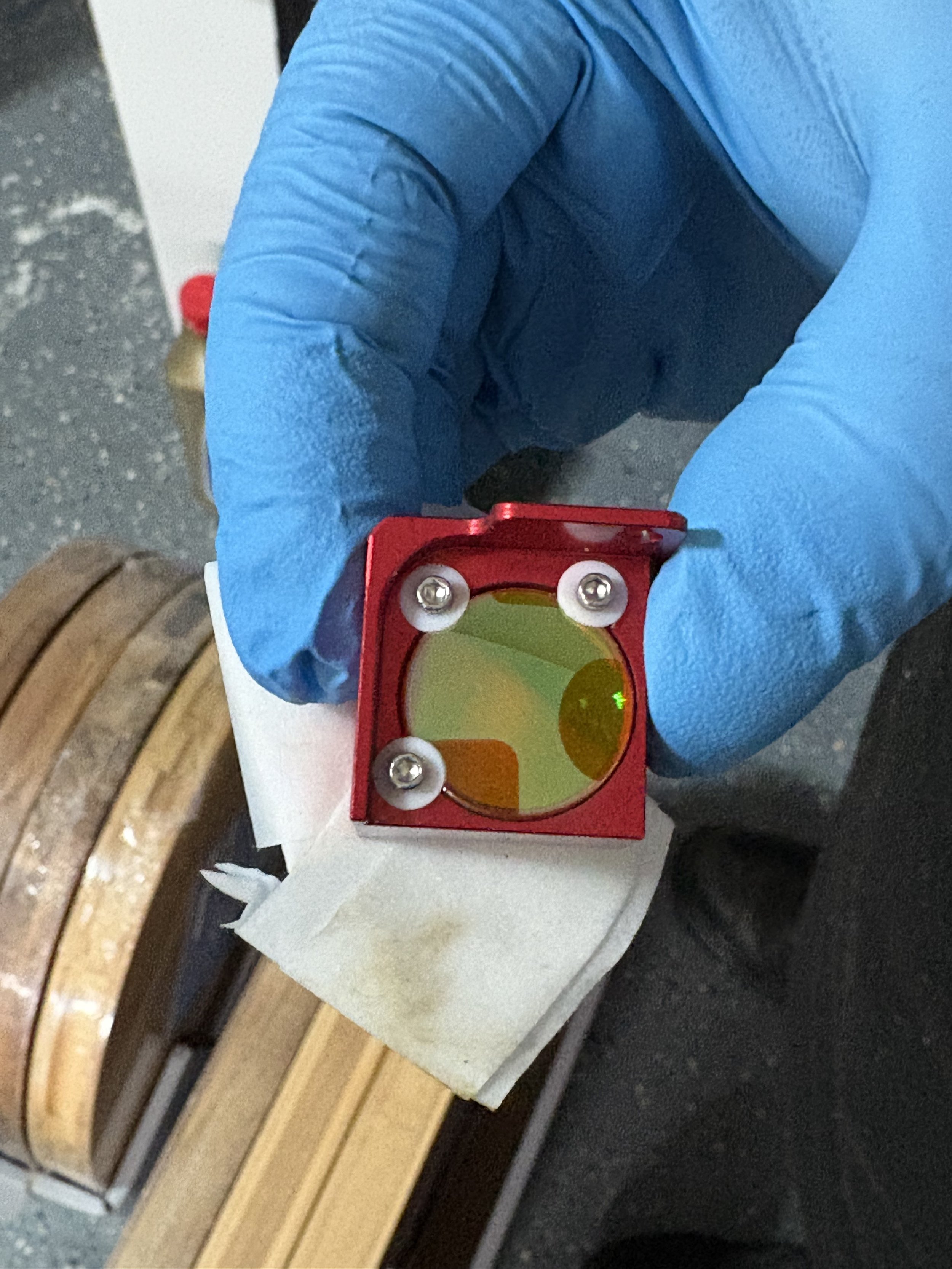Recommended maintenance schedules for CO2 lasers
Machines require routine maintenance. There is no getting around that. Lasers are no exceptions to this reality.
Laser cutters and engravers are composed of half a dozen or more unique systems that each make a specific part of the process possible. While that may sound overwhelming, it’s actually a really good thing, making it easy to track and perform maintenance tasks. This also makes it easier to diagnose issues that arise because you can identify what system of the machine is not working as expected, and focus your efforts there.
Every manufacturer will offer their own recommended service intervals and maintenance intervals, and different machines may have different components to maintain, but there are some general best practices for any CO2 laser that are safe across any brand.
[For the sake of clarity and categorization, this article does not apply directly to Glowforge lasers, as they have very different systems and many of the components listed below are not user-serviceable on a Glowforge.]
Please note that the below schedule is simply a recommendation based on an average laser user— this means the machine is actively running less than 30 hours per week. These intervals could be different for you based on what materials you work with the most.
If you use your laser more or work with particularly messy materials, you may need to inspect, clean, or replace components sooner than the general schedule below.
General CO2 Laser Maintenance Schedule
Every Week (Inspect & Clean)
Optics: Lens, Mirrors, Beam combiner (if applicable)
Nozzle
Autofocus pin (if applicable)
Inspect your lens weekly for any oils, smudges, or damage spots
Every Month (Inspect)
Inspect belts, bearings, and rails; lubricate if needed, especially Z axis rails if exposed
Every 3-6 Months (Clean)
Rear exhaust vent
Drain and refill chiller
Every 6 Months (Clean)
Honeycomb Tray
Crumb Tray
Blades
Laser Bed
External vents


